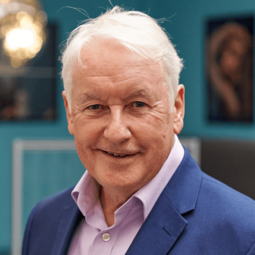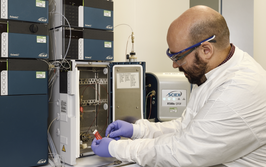Alan Boyd

CEO, Boyds
Alan Boyd is globally recognized as a pioneer in gene-based therapies, having led the development of Cerepro, the first gene therapy to be submitted to the EMA for approval as a prescription medicine. Although it did not subsequently receive approval, its marketing authorization application and review by the EMA paved the way for cell and gene-based therapies that followed, setting the future standards as required by regulatory agencies worldwide.
He founded Boyds in 2005 to support early-stage life science-based companies and academic groups, helping translate their research ideas into potential medicines. His industry work has resulted in the development of multiple products for a wide range of indications. Boyd and his team have been involved in the development of nine approved cell and gene therapies.
We asked…
What’s been the biggest breakthrough in cell and gene in recent years?
One of the biggest breakthroughs in recent years was in December 2022; the FDA approval of Adstiladrin – a gene therapy product for the treatment of non-muscle invasive bladder cancer. My team and I worked on this product for over 10 years, leading the whole development program for FKD therapies. Our involvement started with the phase I clinical study up to, and including, the filing of the BLA. It is an important breakthrough because approximately two thirds of all the clinical studies conducted to date with gene therapies have focused on treating cancer. However, despite all these efforts over the past 20 years or so, Adstiladrin is the first gene therapy that has been approved for the treatment of a solid cancer.
Who would you invite to your dream dinner party?
I would invite Friedrich Miescher, who in the 1860’s isolated a substance from the nuclei of cells which he called “nuclein.” This is now known as nucleic acid. I would also invite Gregor Mendel, who finished a series of experiments with pea plants and showed that certain traits in the peas – shapes and colors – were inherited in “different packages” – these packages are what we now call genes. I’d also invite James Watson and Francis Crick, as well as Rosalind Franklin and Maurice Wilkins, who solved the problem of the DNA structure using X-ray diffraction techniques and identified the double helix, which they realized was used to translate biological information. I would like to bring this group together to show Miescher and Mendel that their original ideas laid the foundation for the future of gene-based therapies. Following the identification of the DNA structure in 1953, we now have over 20 cell and gene therapy products that are available to treat many different diseases.



















